Desolation reigns during the rainy Monday morning. Few people walk on Front Street and businesses are empty even though it is almost midday.
After wandering aimlessly, we found the center of the action by an act of chance. The long waiting time, high piles of pancakes and servers running around ratify the Swing Inn Café as the place to have a hearty (and lively) breakfast. It is like the entire town moved here.
Wooden chairs and tables, weary booths, pie and meatloaf offerings are a staple here. Every time a party enters a round of kisses and hi-fives are exchanged with the servers and one or another friend spotted on a corner.
The café not only personifies the town’s atmosphere but the style too. A group composed of various adults and children wears jeans, boots, and shirts imprinted with horses and mules. Once they leave, a tall fellow wearing a big hat takes the place. There is no a lot of space for the food because the hat takes almost the entire space over the table.
Temecula resembles the old, wild west towns Hollywood presents in its movies. Cowboys walk throughout Old Town streets and Indians own a huge casino located nearby. The fight between the parties has been over for quite some time but the 1800s atmosphere remains. The little details continue to transport visitors to the pioneer days.
The Temecula natives were called Luiseños by the Spaniards (after the San Luis Rey de Francia Mission). The Europeans started to arrive to the area in the late 1700s, the Indians claims they have been living on the land for the last 10,000 years. Temecula is one of the few towns in California that conserves its original name. The name can be interpreted as “the place of the sun,” “the sun that shines through the mist,” or “where the sun breaks through the mist.” Later, the Indians lost their land when Mexico implanted the ‘ranchos’ system.
The foundation of the ‘modern’ town goes back to 1859, the year when a postal office was established in the area. In 1882, the United States government established an Indian Reservation some 8 miles from downtown. The town gained fame as a grain and cattle shipping point during the late 1800s.
What we call today “Old Town Temecula”, is a collection of historic 1890s buildings, antique stores, hotels, specialty food stores, boutiques, gift and collectible stores, and antique dealers. It is also the home of events such as cars shows and western days. The area is gaining a reputation because of its nearby wine country.
I didn’t think Temecula was going to win me over in such an amazing and strange (still dream about the mashed potatoes I ate at the Pechanga casino) way. I only scratched the surface (the weather didn’t cooperate). There are many more things to discover in the area and I am looking forward to my next visit.
Get a feeling of the town with the next photos.
Have you visited Temecula?
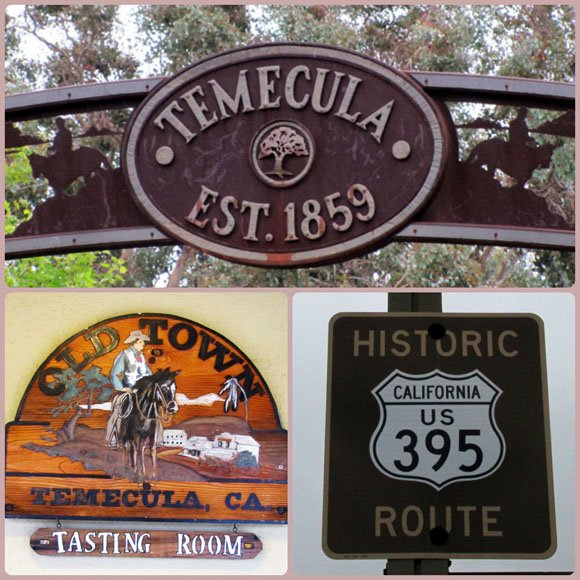
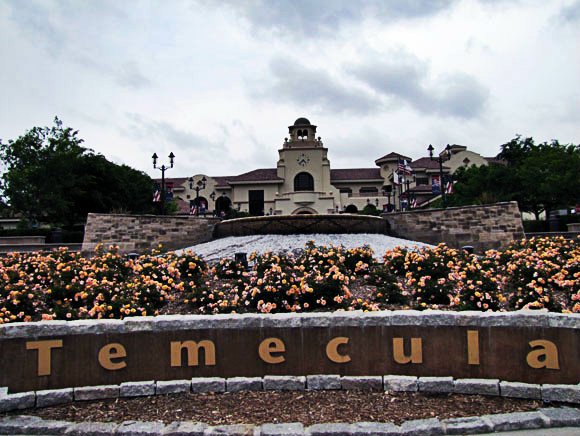

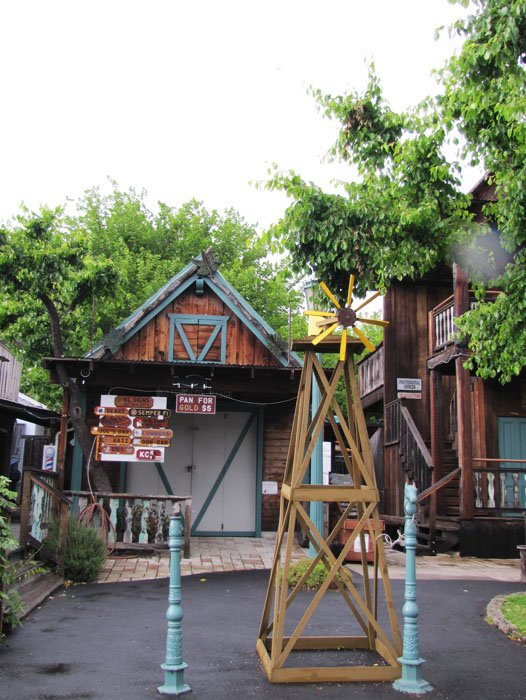

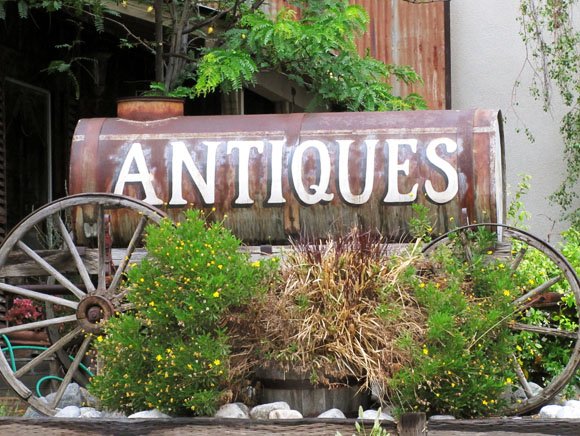








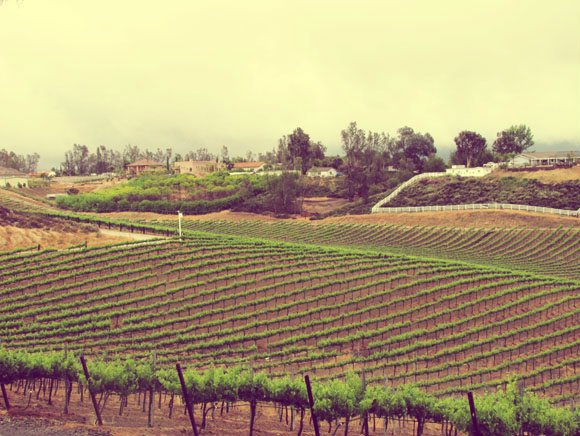




Leave a Reply